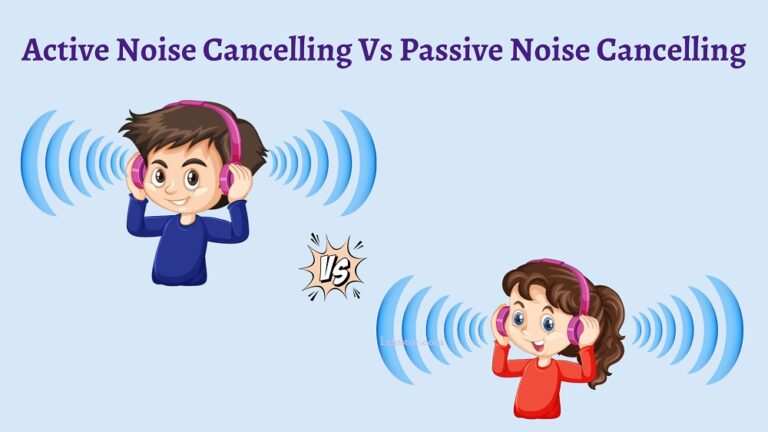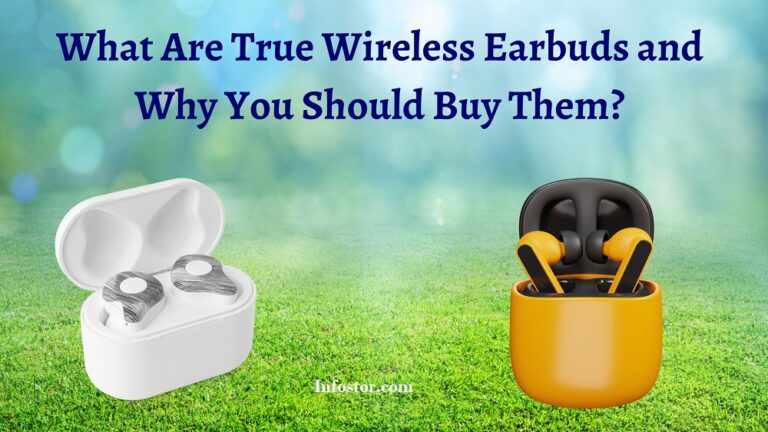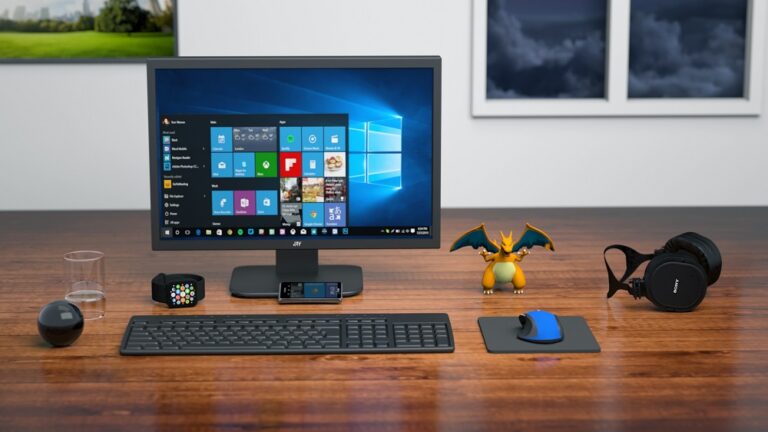On-Ear vs Over-Ear Headphones : Which Is Best In 2024?
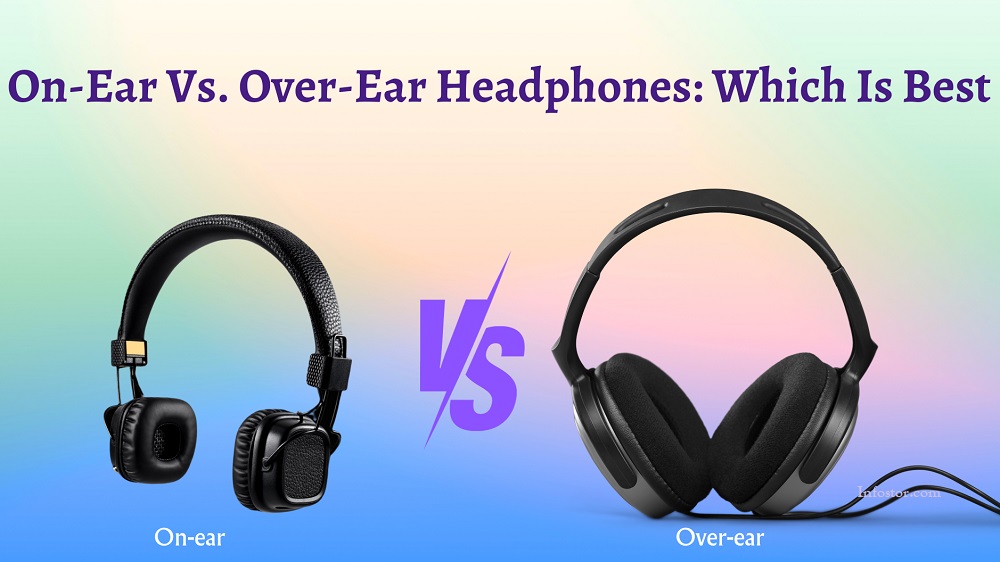
Choosing new headphones can be tricky when you don’t know the differences between on-ear and over-ear models. This article breaks down the key factors to consider.
JBL, Beats, Bose, Skullcandy Sony, and Sennheiser are a few brands that offer on-ear and over-ear headphones. However, many new buyers often get confused between the two types. Both on and over-ear headphones are unique in their construction plus output, and knowing the basic information about them is necessary to find/buy the right device.
Let’s find out the difference between on-ear and over-ear headphones based on sound, stability, battery life, portability, and other factors.
Key Take Away and What To Know
What To Know
The article explains the difference between on-ear and over-ear headphones based on key factors, such as sound quality and comfortability.
Key Takeaway
This article is meant for anyone looking to purchase new headphones and does not understand the two options available.
On-Ear vs Over-Ear Headphones: What’s the Difference?
On-ear
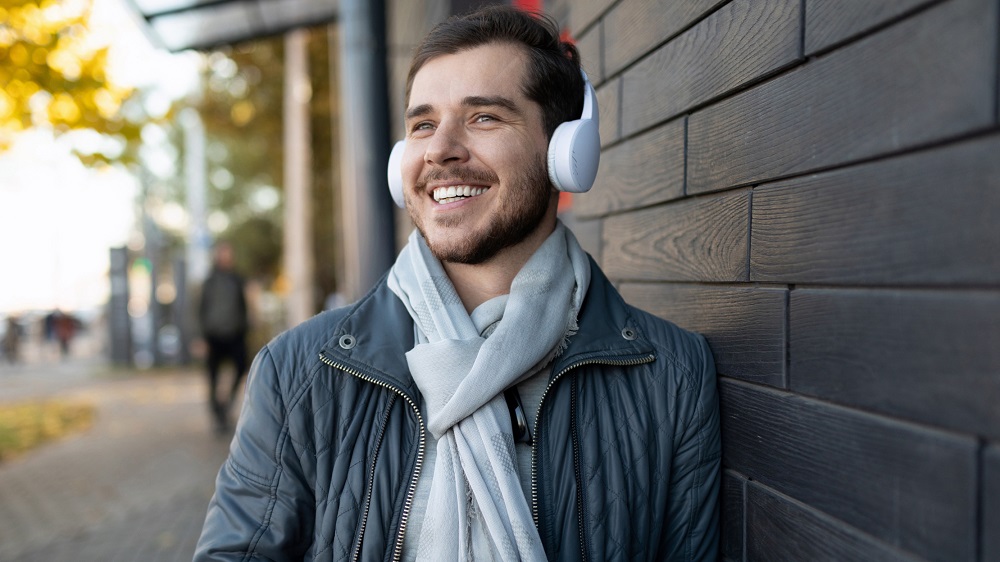
As the name indicates, the ear cups of an On-ear headphone will fit directly on your ears. This type of headphone offers the best blend of portability and sound quality and will not overheat like over-ear headphones after prolonged use. However, because on-ear headphones are smaller than over-ear, they have fewer features, such as smaller ear cups plus a lack of noise isolation, due to lack of space.
Over-ear

The ear cups of an over-ear headphone will fit on top of your ears. Closed back and Open back are the two types of Over-ear headphones. Closed-back will offer much better noise isolation, and the sound will not bleed. Open-back will not provide the best noise isolation, but the sound quality is better than the Closed-back style.
Also, Read Gaming Headsets Under 1000 Rupees
On-Ear vs Over-Ear Headphones: Which Sounds Better?
On-ear headphones pack bigger speakers than in-ear headphones. But they are a bit smaller than over-ear, making them the second-best. However, an expensive pair of on-ear headphones might sound better than a mediocre/cheap over-ear version.
Top-end over-ear headphones clearly win this round, as they have premium drivers that offer a much wider range of frequencies. Hence, these headphones can produce the best sound output. The lows, mids, highs, and bass of over-ear headphones make them the first choice for music industry professionals.
Top-end over-ear headphones are better than on-ear headphones.
On-Ear vs Over-Ear Headphones: Which is More Comfortable/ Stable?
On-ear headphones come in different fold-up designs and a protective case, making them easy to carry. Moreover, they are much more stable and can be used for activities like jogging or working out because they press against the ears. However, some people with different ear sizes or who wear glasses find on-ear headphones uncomfortable because they might not fit well and can cause discomfort after prolonged use.
Over-ear headphones are regarded as the most comfortable because they come with large earcups that will not press against the ears. Also, top-end over-ear headphones include comfortable headbands and are well-padded to help decrease tension when placed on your head for long hours.
Over-ear headphones are more comfortable than on-ear headphones, but on-ear headphones are much more stable.
On-Ear vs Over-Ear Headphones: Which Has a Longer Battery Life?
The battery life of your over or on-ear headphones depends on the brand you pick. Generally, on-ear headphones can run for up to 10 to 30 hours of constant use. Apart from this, over-ear headphones can offer up to 40 hours on a single charge. But, the overall battery life will also depend on the volume you listen to or if any in-built feature is enabled. Furthermore, some wireless headphones also come with wired connectivity options that you can use in case of low battery.
Overall, the battery life depends on the brand and the volume you listen to.
On-Ear vs Over-Ear Headphones: Which is More Portable?
On-ear headphones are lightweight, making them better than over-ear in terms of portability. They can even fold up to fit inside a laptop bag and might come with a protective case.
On the contrary, over-ear headphones are a bit heavy. Therefore, they are ideal if someone wants to place them in a single spot. Even the ones with a foldable design are not made for daily carry.
On-ear headphones are more portable than over-ear headphones.
When Should You Go For On-Ear Headphones?
People who have been using in-ear headphones and want to upgrade can switch to on-ear headphones. Their larger drivers than in-ear variants and durable plus stable design make on-ear headphones excellent for travel, gym, or daily commute. Moreover, the lack of noise isolation can be an advantage as you can use them to listen to music or watch a video in an office setting and still hear the voices of people talking around or calling you.
When Should You Go For Over-Ear Headphones?
These types of headphones are ideal for home or office use as they come with good headband padding, plus comfortable cushions on ear cups. The top music industry professionals and audiophiles prefer over-ear headphones for their superior build plus sound quality. Moreover, they are excellent for watching movies, long game sessions, or plane rides where you want to block ambient sound. They can be expensive and not ideal to carry daily. However, all the best headphones in the world are over-ear.
Also, Read Gaming Headphones Under 2000 Rupees
Closing Words
Both on-ear and over-ear headphones can be used for a long time without getting your ears sore, like the in-ear variants. On-ear headphones are more affordable than over-ear and provide much better stability. Also, they are easy to carry and come with reliable battery life.
On the other hand, over-ear headphones pack much bigger drivers that offer superior sound quality. Apart from long battery life, over-ear headphones can also come with different built-in features and are perfect for blocking ambient noise when listening to music or watching a movie.
Overall, when buying any one of the two, explore top brands, read online reviews, check their features/ battery life, and ensure you get the right value-for-money headphones. Be careful, as low-end headphones may cause frequent sweat build-up on the earcups after prolonged use due to cheap leather.
FAQs
1) Can headphones cause ear problems?
A) Listening to audio at full volume can lead to ear damage. Therefore, it is advised to follow the 60-60 rule. This indicates that you should listen to audio at 60 per cent of the total volume level and not longer than 60 minutes every day. Also, most noise-cancelling headphones block ambient sound, allowing you to listen to sound below unsafe levels.
2) What is the difference between wired & wireless headphones?
A) Wired headphones generally have better sound quality, are less expensive, and face no connectivity issues. Also, wired headphones tend to last longer than wireless versions due to fewer internal components. Moreover, wired headphones are much lighter and affordable to repair plus will not require regular charging. Convenience is the main feature of wireless headphones.
Nextdaypc.com(c).

